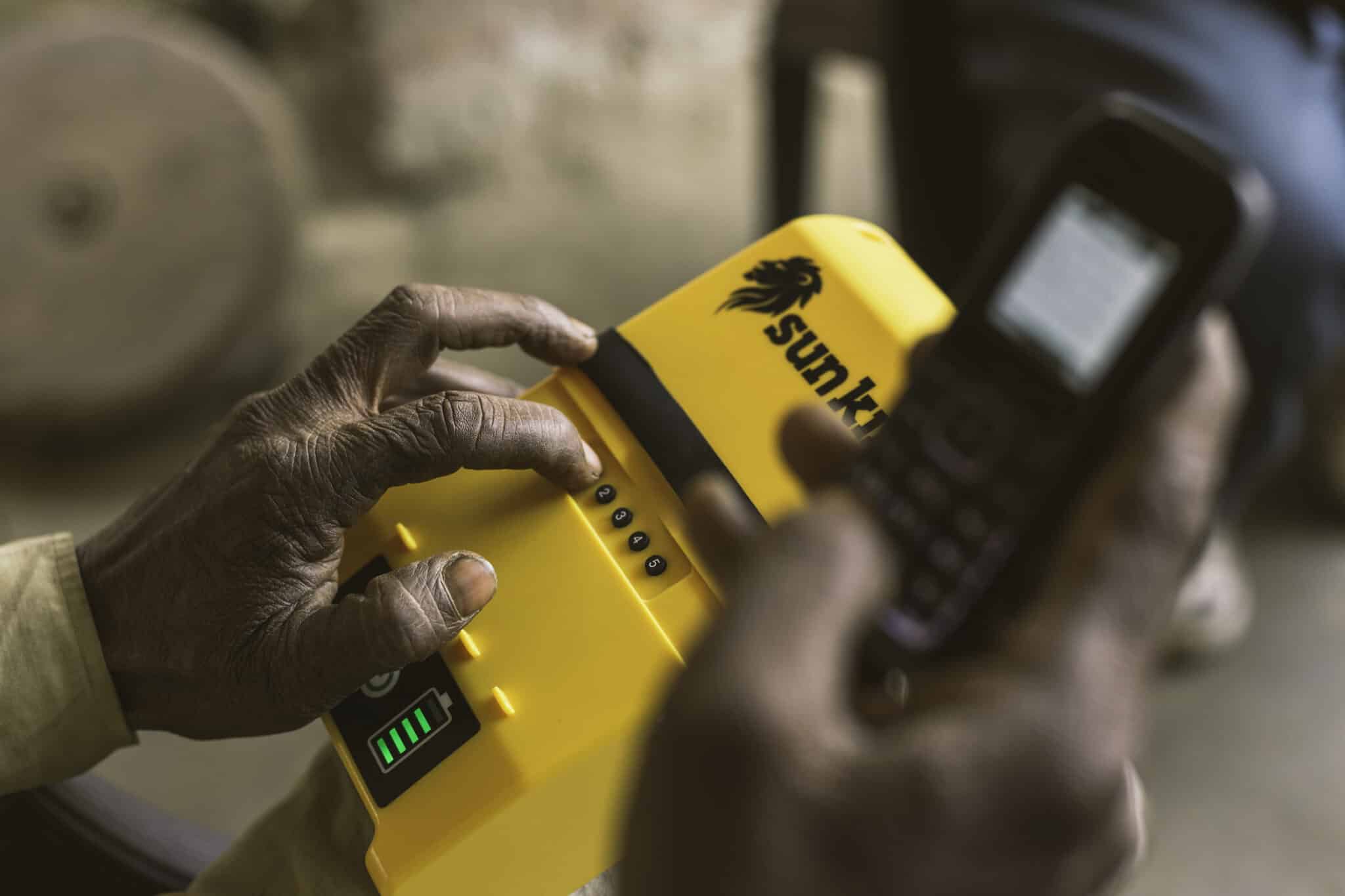The Paris Agreement, adopted in 2015, is a landmark global accord aimed at limiting temperature rise to well below 2°C—preferably 1.5°C—by reducing greenhouse gas emissions. As it turns ten this year, Kenya offers a powerful lens through which to view both the promise and the challenges of climate action in Africa. Like much of the continent, the country is on the frontlines of climate change.
Its landscapes ranging from arid lands, fertile highlands, and coastal beaches tell a story of resilience and vulnerability in equal measure. But behind these landscapes are human lives shaped by shifting weather patterns, economic uncertainty, and a rapidly warming planet.
In Turkana for example, I have seen families struggling to rebuild their lives after years of drought and floods wiping out their livestock. The once-thriving herds that were the backbone of their economy now exist only in memory, leaving behind a trail of desperation and uncertainty.
In Kisumu, I have met fishers who can no longer rely on Lake Victoria’s waters due to unpredictable flooding and pollution. The lake, which has sustained generations of families, is now a source of worry rather than livelihood.
While in Nairobi’s informal settlements, we have seen mothers grappling with rising food prices as erratic rains disrupt agriculture, making it harder to put meals on the table for their children. These stories are not isolated, they are the lived reality of millions of Kenyans.
Yet, Kenya has not stood still in the face of these challenges. It was one of the first African countries to enact a comprehensive Climate Change Act in 2016, setting a legal framework for mitigation and adaptation efforts. The country’s commitment to achieving 100% renewable energy sources by 2030 is ambitious and inspiring. Projects like development of geothermal energy in Olkaria and the expansion of wind power around Lake Turkana shows that all is possible when determination meets innovation. These initiatives are not only reducing Kenya’s carbon footprint but also providing clean energy to thousands of households, while improving air quality and public health.

Read also: BCG says $2.4 trillion climate debt unsustainable at ‘African’ interest rates
Yet ambition alone is not enough. According to Kenya Climate Directory, Kenya’s updated Nationally Determined Contributions (NDCs) require $62 billion to implement, a figure that dwarfs the currently available resources. In the gap between what is needed and what is accessible lies the harsh truth.
The Paris Agreement was built on the principle of shared responsibility, but for many Kenyans, it feels like a promise unfulfilled. Climate finance remains elusive, locked behind bureaucratic hurdles that complicate local communities’ access to the resources they need.
But there is hope. Kenya’s leadership in convening the inaugural Africa Climate Summit in 2023 was a bold statement that Africa is not just a victim but also a leader in taking climate action. The Nairobi Declaration that emerged from this summit called for a rethinking of global financial systems to better support climate-vulnerable nations, like Kenya. The summit highlighted the need for climate finance to be more accessible, flexible, and tailored to the needs of African countries.
As we mark ten years since the signing of Paris Agreement, I believe Kenya embodies both the urgency and opportunity of this moment. The urgency lies in the human stories: the farmer in Kitui whose crops are struggling with the increasingly erratic rains, the family in Mombasa facing saltwater intrusion into their drinking water supplies, and the children in Nairobi who are growing up with asthma due to poor air quality. The opportunity lies in Kenya’s example of its ability to lead with bold policies, innovate with renewable energy solutions, and demand equity on the global stage.
What must happen now is clear. Wealthy nations must honor their commitments under the Paris Agreement, not just by reducing their own emissions but by providing meaningful financial support to countries like Kenya. Locally led initiatives must be prioritized; they are often the most effective at building resilience where it matters most. And we must continue amplifying African voices in global climate discussions because no solution will be complete without them.
As we look ahead to the next decade under the Paris Agreement, let us remember that every policy decision, every dollar pledged, and every action taken has real human consequences. For Kenya and for all of Africa the stakes could not be higher. But neither could the potential for transformative change. By supporting African leadership, amplifying local voices, and ensuring that climate finance reaches those who need it most, we can build a future that is not just sustainable but also just and equitable.
In this future, children in Turkana will grow up with access to clean water and reliable food sources. Farmers in Kitui will harvest crops nourished by sustainable practices. And communities across Kenya will thrive in harmony with the environment. This is not just a dream; it is a necessity. And it begins with the stories we tell, the voices we amplify, and the actions we take today. As a communications specialist, I believe that the power of narrative can inspire action and hope. Let us use this power to shape a climate future that honors the resilience and determination of the African people.
The writer is a Communications Specialist and Client Manager at Hudson Sandler.
Kingsley Ochieng
Discover more from Orals East Africa
Subscribe to get the latest posts sent to your email.







Nice work I like it